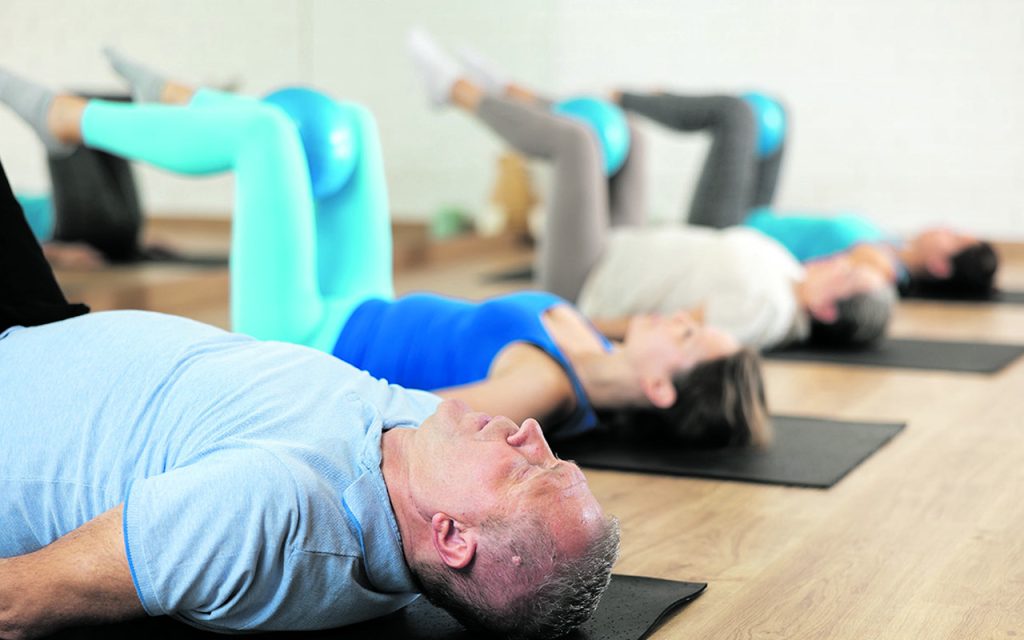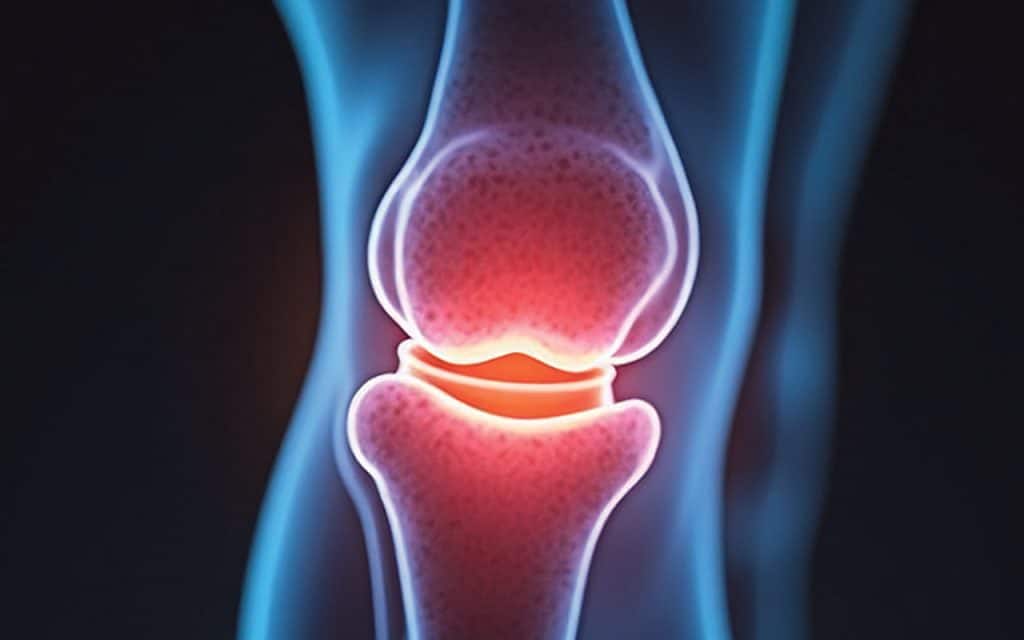
For this issue, I’m writing in my capacity as a classically-trained Pilates teacher with over 20 years’ experience teaching in West Cork. I believe everyone can benefit from a good Pilates practice. For me one of the most important aspects of Pilates is that it is a mind/body modality, meaning it is a way to connect our thinking to our movement and inhabit our bodies with awareness and ultimately live a healthier, happier life. Consider this a call to take up this life-affirming practice.
A good Pilates class, whether it’s on the mat or the equipment, should prioritise body awareness. We need to feel and sense where our body is in space and how the component parts of our body interconnect. Indeed, when we are in the flow of the practice we should feel like we are ‘one piece’ or unified in our movement and breath and not have the thought of ‘now I move my arms and now I move my legs’. Pilates should not be a checklist of instructions. Much like learning to drive, in the beginning we may need to think hard about all the steps and work at getting the sequencing right but, once we become proficient, it becomes automatic. This is the flow state in Pilates where the mind can disappear into the movement.
For a lot of us, learning how to sense our body and orchestrate it, means we need to slow down. If we move too quickly, we are once again in the realm of the mind and its ensuing overthinking or distractibility. One of the five key principles of Pilates is concentration. We can’t be miles away in the past or the future, all our attention is focused right here and now.
Pilates is a democratic practice, because at its heart it is a breathing and movement practice. We can get a false impression of Pilates when we look online where we see that it is ‘body beautiful’ and only for the fit and the young, or another myth that it is ‘only for women’. There has been a clap back movement in recent years led by many wonderful and authentic teachers that is helping dispel this social media illusion. Everyone and every body type can and should benefit from Pilates and you can start wherever you are in your fitness journey. Online platforms tend to feature the more challenging or acrobatic exercises but to be of benefit Pilates doesn’t have to be showy or impressive. Putting one foot in front of the other can be a deep Pilates practice, sitting on your chair can be a deep Pilates practice, once you know how. So don’t be put off by what you think a class might involve. It should always start simply and clearly.
We begin with the breath. We know now that proper diaphragmatic breathing is important, as it supports the healthy functioning of the fascial and lymphatic systems, amongst its many other roles. The breath is really the foundation in our beautifully synchronised system.
I have found that class participants benefit from breathing awareness practices, particularly at beginner level. Many of us may have disordered or inefficient breathing patterns that can go unnoticed for years. Even those of us who are aware of our breath will find ourselves holding our breath or forgetting to pay attention to our breath at times of stress. For me, proper breath is a vital component of any mind/body class and learning good breathing habits can be a sure and relatively rapid route to improved energy levels. Also, at beginner level we need to learn how to feel and understand the fascial connections in our bodies (interoception), which might be something you’ve never experienced. We learn how to move from the core without tensing and/or going into our often-overworked body parts, such as shoulders and hips. In Pilates we do not want the effort to exceed the load, less is always more, as we learn how to refine our practice. And we meet ourselves each time we hit the mat or take to the equipment, bringing a fresh perspective, a beginner’s mind so to speak.
The role of Fascia
Fascia is our ‘web of life’ – a system of connective tissue, which supports and holds every structure in the body from bones to organs, nerves to blood vessels. Fascia becomes patterned by our daily activities and routines, as a result our body can ‘distort’ subtly, and pain or inhibition can arise in locations throughout the system. Fascia also holds our emotions and our past traumas. To be healthy, fascia needs to be trained in a specific way and we need movement in all planes of motion. The key is to move beyond the rigid patterning of body and mind so both can be freer and find relief. The less we move our bodies the more tension arises in both mind and body and the more resistant we become to life moving us. But movement should neither be rigid nor forced, so to truly work with our fascia we need to introduce a spirit of lightness. We need to lighten up. Fascia training is a very important factor to address in both individual sessions and group mat work.
The classic core in Pilates
Pilates is most often associated with training the core and core strength. The core muscles include the gluteal muscles (buttocks) the pelvic floor and the abdominal muscles.
The most important of the abdominal muscle group is the transversus abdominus. It is the deepest layer of muscle and stabilises the trunk and supports the spine. This is really where we work with the specific Pilates breath to tone and strengthen this muscle, which is often referred to as the ‘prime mover’ because it is the first muscle to contract upon movement. All the core muscles are important, but this is where we start if we have back problems, as it can be worked very simply and easily without strain.
All Pilates exercises are designed to strengthen the whole body but working from core awareness is imperative, otherwise we are just loading the limbs which can strain the joints and cause impingement. Pilates was in fact designed as a system, which translates functional exercises across various apparatus designed by Joseph Pilates – from Reformer to Cadillac to Wunda Chair to mat, to name just some. It’s wonderful to try out these different apparatus, as they each have their own flavour and feel. Indeed, the most frequent feedback I hear is the joy and surprise at discovering muscles you never knew you had. Pilates awakens us to our body.
Stretching in Pilates
In recent years, I have felt called to introduce a significant stretching sequence to classes, to help switch the body from ‘fight/flight’ to ‘rest and digest’ mode. While this is not part of the classic mat class structure, I have found there is a real need for this nowadays. Not only does it calm our over-stimulated nervous systems, it is particularly beneficial for ‘tight’ body types or those of us who suffer from chronic stiffness and resulting pain. Introducing this as a discrete component has been life-changing for many, me included, as, from our forties on, we may begin to feel like we are seizing up. We cannot stretch with a tense nervous system, so regulating the nervous system through breath can take us into the relaxed aware state where we can find our own limits and our own safe range of motion and not over-stretch and damage ligaments which can be an issue for those of us who are hypermobile.
I am pleased to announce that I will return to my full Autumn schedule on September 9 (see timetable alongside). I will be offering individual sessions on Mat, Reformer, Cadillac and Wunda Chair or a combination of all from my home studio at The Pilates Room in Rossmore, where I design individually tailored home practice for each client according to requirement. Group mat classes return to Clonakilty on Tuesday, September 10 and, this September, I have an Absolute beginner class. Spaces are limited to ensure quality so booking is essential.



